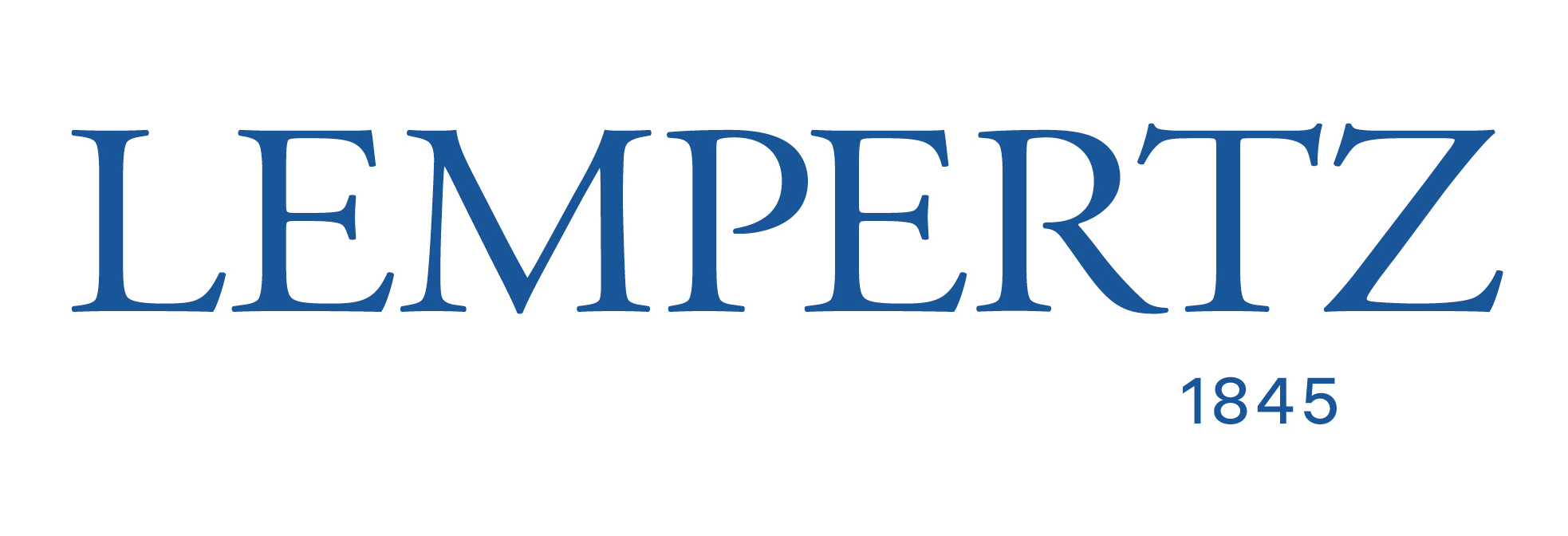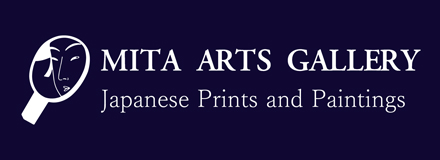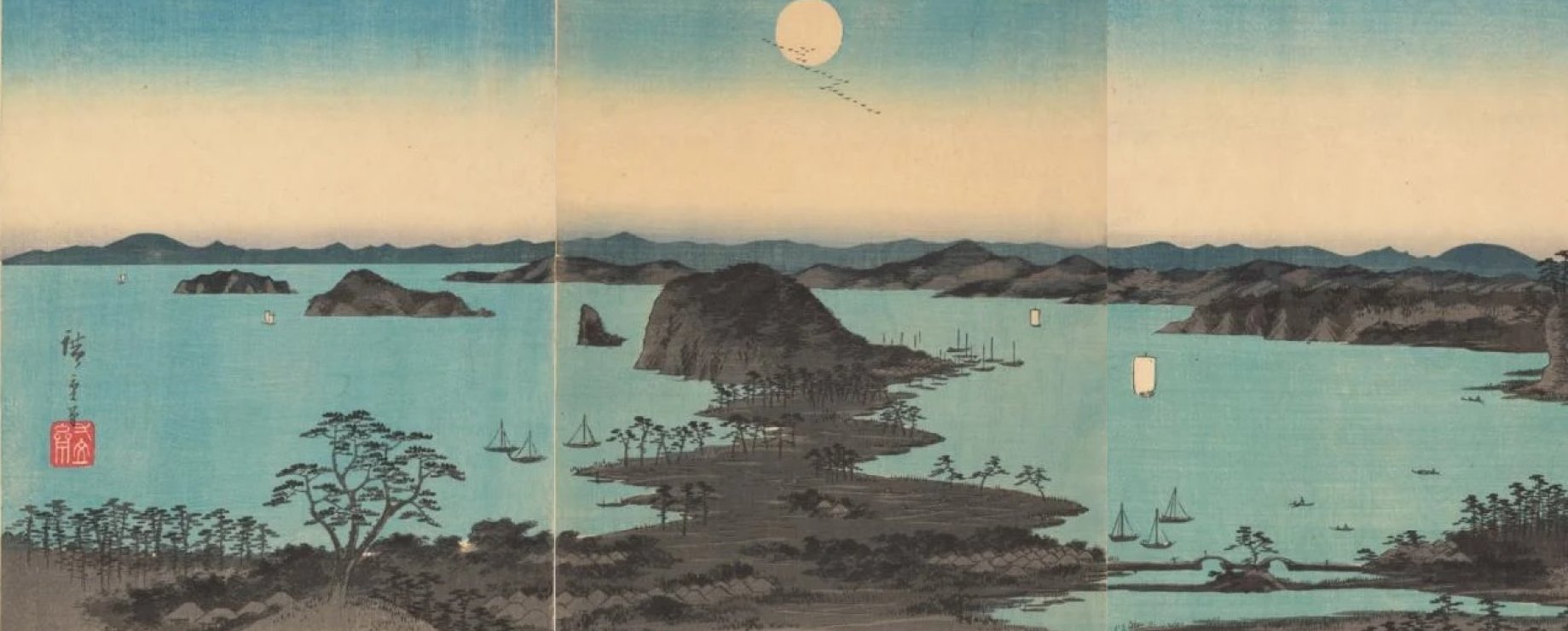
Exhibitions
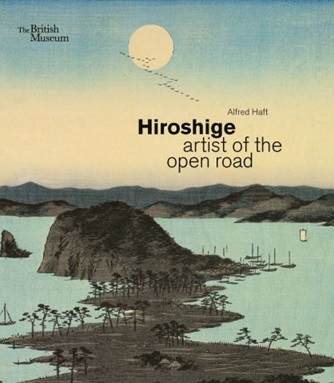
Hiroshige: artist of the open road, The British Museum, London, May 1 – Sept
Join Hiroshige on a lyrical journey through Edo Japan, exploring the natural beauty of the landscape and the pleasures of urban life. The first exhibition on Hiroshige to be held at the British Museum, and the first on the artist in London for more than a quarter of a century, this is a visually stunning portrait of a country about to change forever. Born during an unsettled time in Japan's history, Utagawa Hiroshige (1797–1858) went on to become one of the country's most talented, prolific and popular artists. As Japan confronted the encroaching outside world, Hiroshige's calm artistic vision connected with – and reassured – people at every level of society.
The exhibition features prints, drawings, illustrated books and paintings from the British Museum collection, as well as a significant gift and loan of prints from Alan Medaugh, a major US collector of Hiroshige's work, and other important loans. As well as exploring Hiroshige's incredible body of work, this show considers his global legacy, which spans from Japan's Edo period (1615–1868) through to Vincent van Gogh and contemporary artists such as Julian Opie. (Note: the exhibition will be closed 30 June – 4 July)
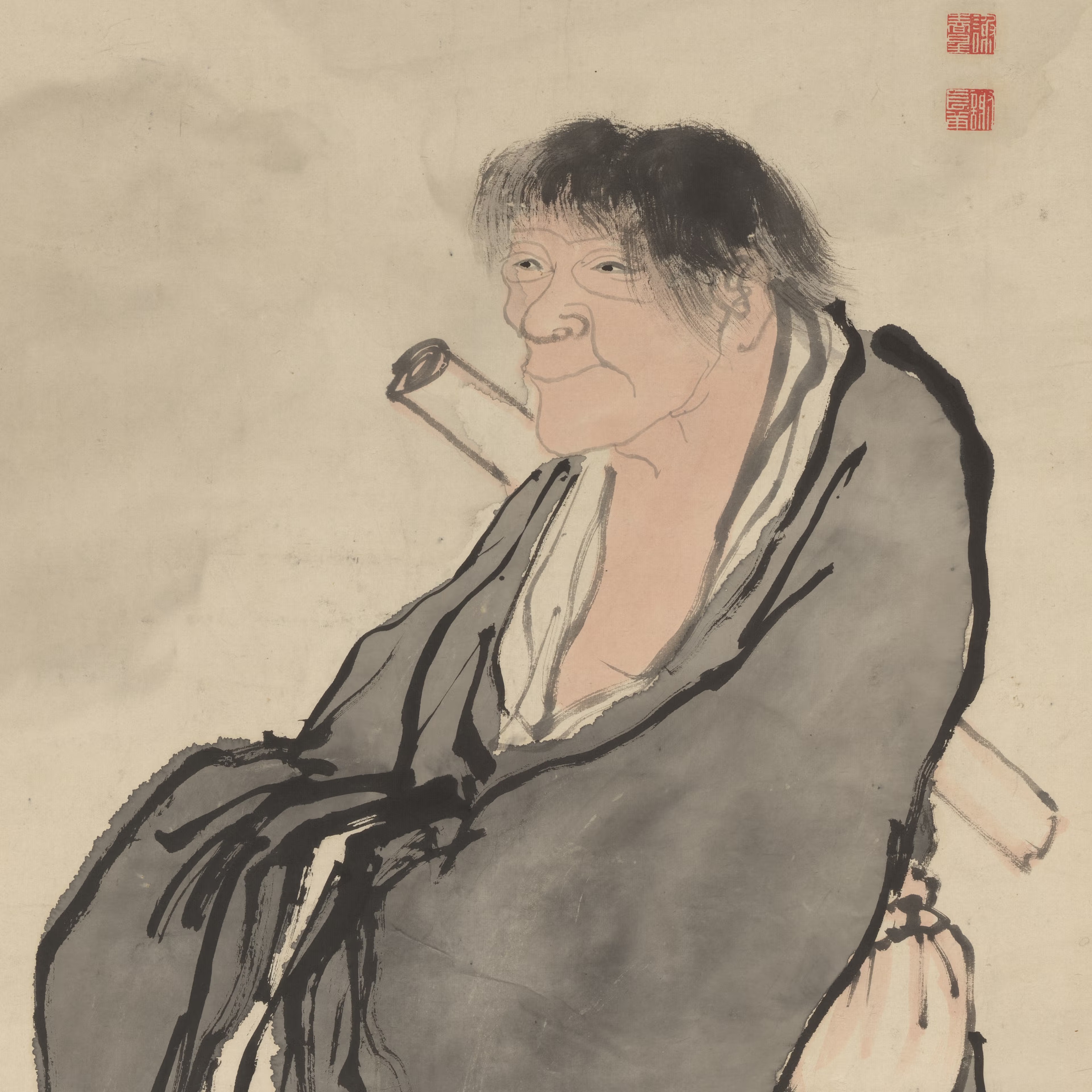
The Three Perfections: Japanese Poetry, Calligraphy, and Painting from the Mary and Cheney Cowles Collection, The Metropolitan Museum, New York, Aug 10 2024 – Aug 3 2025
In East Asian cultures, the arts of poetry, calligraphy, and painting are traditionally referred to as the "Three Perfections." This exhibition presents over 160 rare and precious works—all created in Japan over the course of nearly a millennium—that showcase the power and complexity of the three forms of art. Examples include folding screens with poems brushed on sumptuous decorated papers, dynamic calligraphy by Zen monks of medieval Kyoto, hanging scrolls with paintings and inscriptions alluding to Chinese and Japanese literary classics, ceramics used for tea gatherings, and much more.
The majority of the works are among the more than 250 examples of Japanese painting and calligraphy donated or promised to The Met by Mary and Cheney Cowles, whose collection is one of the finest and most comprehensive assemblages of Japanese art outside Japan.
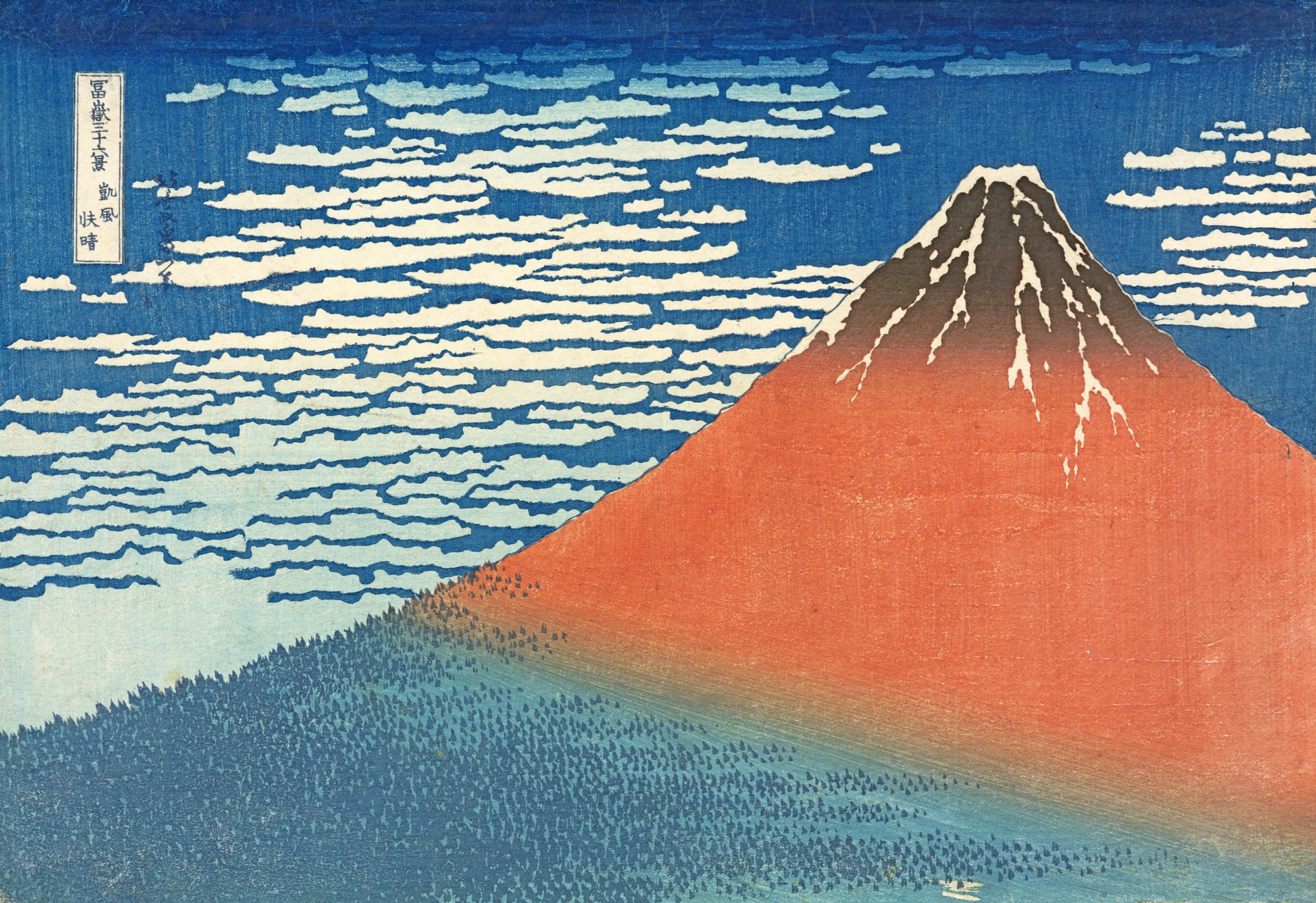
Colours of Japan – Woodblock prints from the collection of the Bayerische Staatsbibliothek, Munich, March 27 – July 6 2025
The exhibition Colours of Japan – Woodblock prints from the collection of the Bayerische Staatsbibliothek presents masterpieces of Japanese coloured woodblock printing from three centuries: from the beginnings of multi-colour printing in the mid-18th century to shin-hanga, the so-called "new prints" of the 20th century.
The exhibition shows around 130 original exhibits from the library’s collection. Among them, there are elaborately illustrated books, rare triptychs or single-sheet prints, such as Hokusai's world-famous work "Under the wave off Kanagawa", known as the "Great Wave". This icon of art could be acquired for the collection in the recent past, along with two further outstanding works by Hokusai, the "Thunderstorm Beneath the Summit" and "Fine Wind, Clear Morning", known as "Red Fuji". All three prints form part of the famous series of woodcut prints "Thirty-six views of Mount Fuji", which was published as of 1830. The prints will form a highlight of the exhibition.
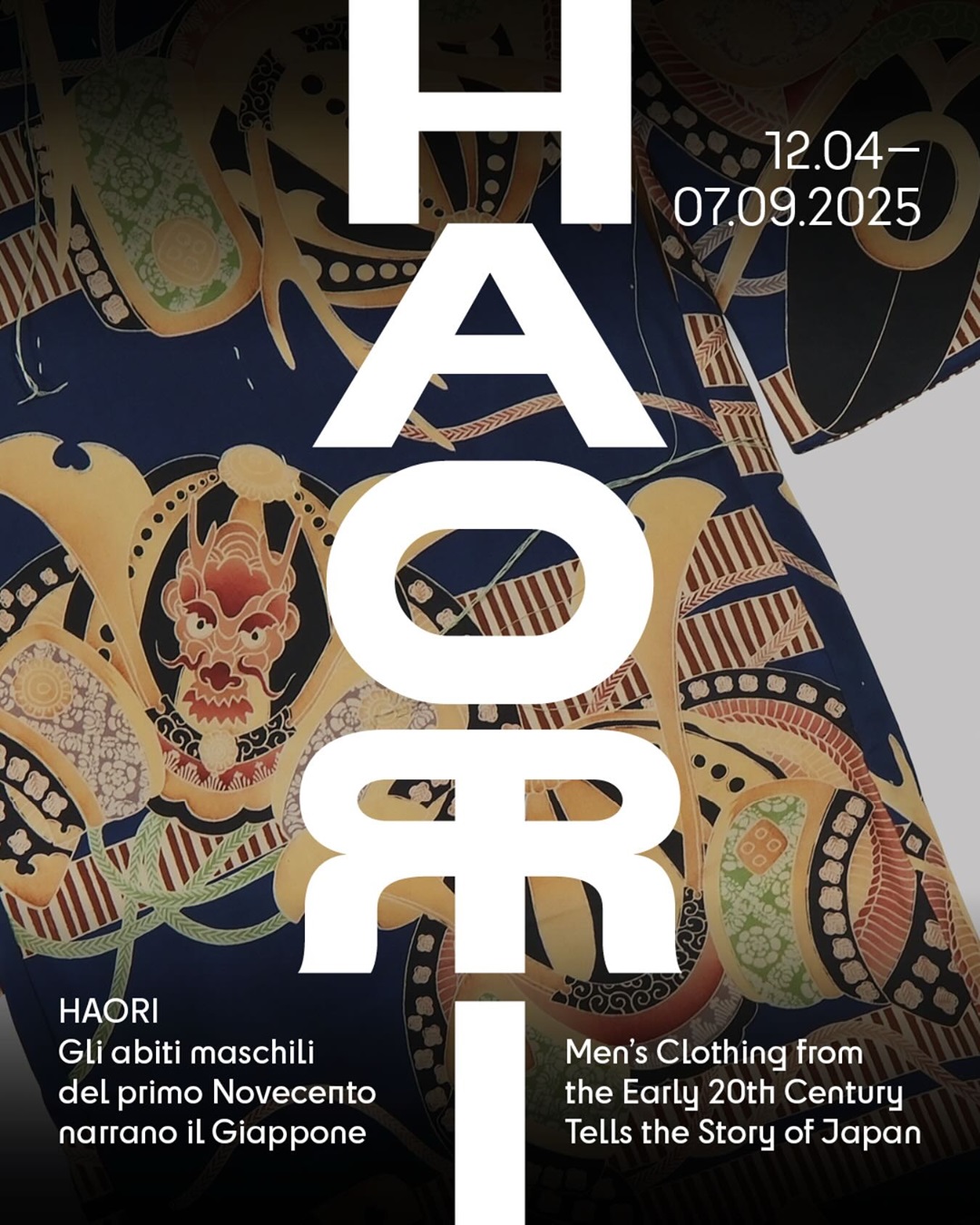
Haori. Men’s Clothing from the Early Twentieth Century Tells the Story of Japan, Museo d’arte orientale, Turin, April 12 – Sept 7 2025
The exhibition Haori. Men’s Clothing from the Early Twentieth Century Tells the Story of Japan opens on 12 April, offering a unique window onto Japanese material culture through about 50 haori and juban (the garments worn over and under men’s kimonos, respectively), as well as a few pieces of traditional children’s clothing, from the Manavello collection, in dialogue with installations by contemporary artists.
The imagery that decorates the garments on view is not only an example of fine workmanship, but also a document and attestation that provides insight into Japan in the early twentieth century, a critical period of social, cultural and political transformation, between accelerated modernisation and imperialist tensions. Works by contemporary artists are presented within the exhibition to stimulate analysis and reflection, encouraging visitors to orient themselves within a historical period of complex relationships between Japan, China and Korea that is still little-known in Italy.
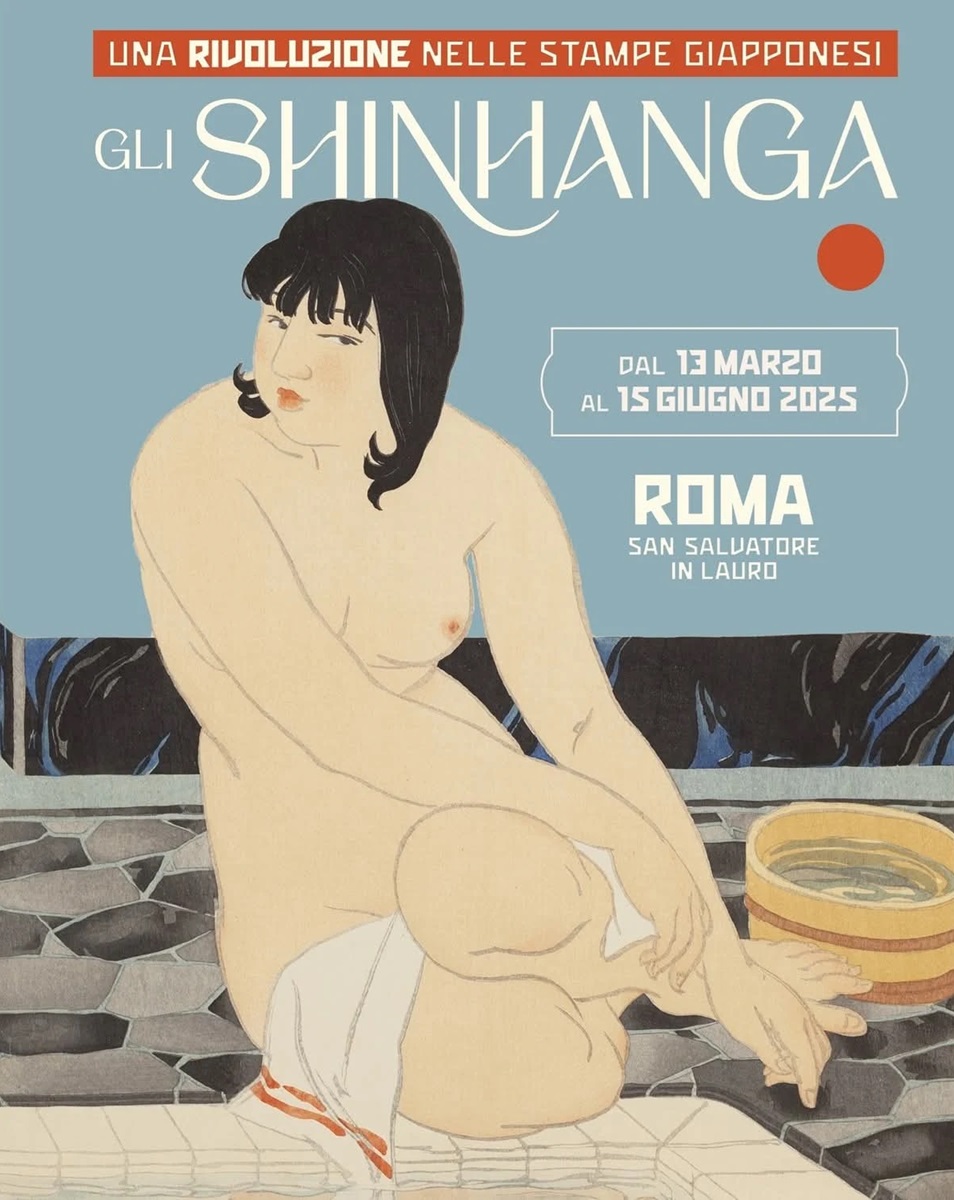
The Shinhanga. The Revolution of Japanese Prints, San Salvatore in Lauro Museum, Rome, March 13 – June 15 2025
Vertigo Syndrome, under the patronage of the Consulate of Japan and the City of Turin, is proud to present The Shinhanga. The Revolution of Japanese Prints, the first exhibition ever held in Italy on the Shin hanga movement of printmakers, held in Rome at San Salvatore in Lauro Museum from March 13 to June 15, 2025.
The Shinhanga. The Revolution of Japanese Prints, through the exhibition of masterful works never seen in Italy, from private collections and from the Japanese Gallery Kensington in London, as well as precious kimonos, historical photographs and decorative objects, celebrates the continuity and evolution of the Japanese artistic tradition, showing how the Shin hanga movement was able to preserve centuries-old techniques of wood engraving while introducing innovative perspectives and overseas influences.
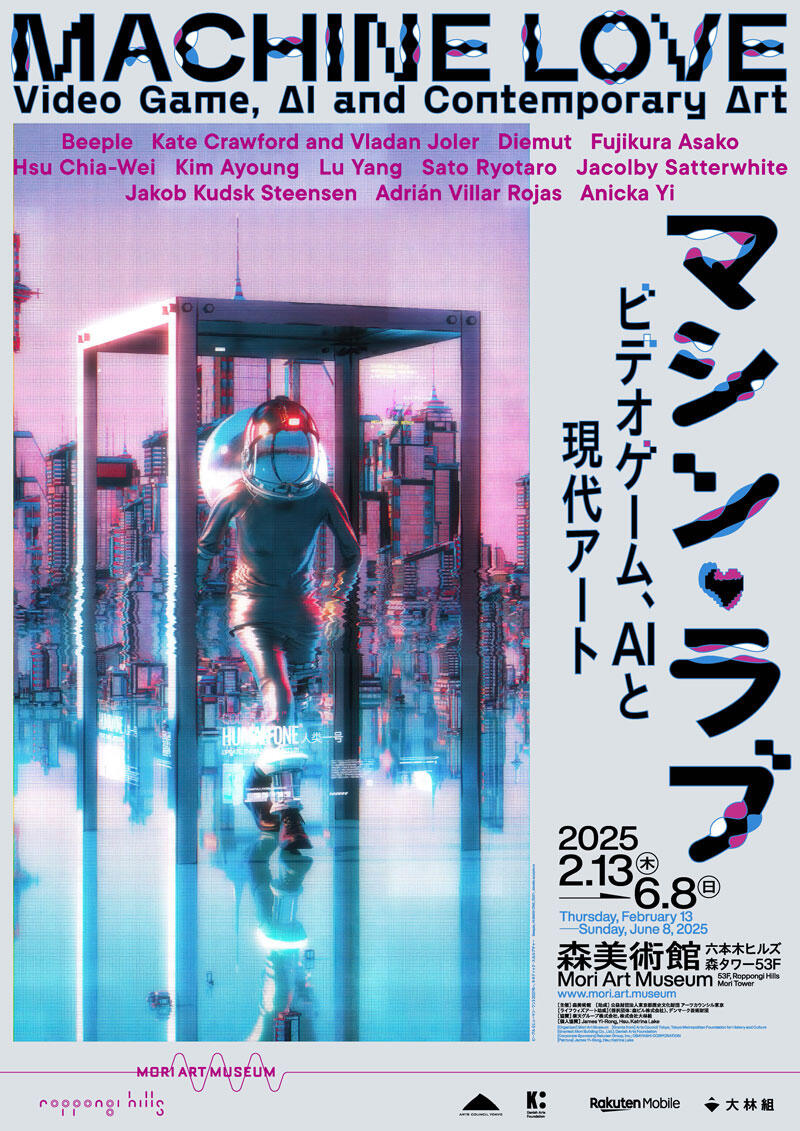
MACHINE LOVE: Video Game, AI and Contemporary Art, Mori Art Museum, Tokyo, Feb 13 – June 8 2025
With the explosive growth of artificial intelligence (AI) and the integration of virtual and real worlds, the latest cutting-edge technologies have quickly penetrated our daily lives. This tendency has become especially apparent since the COVID-19 pandemic, when many human activities shifted towards virtual space. Looking back, the progress of art and technology has run parallel to each other throughout the course of history, a phenomenon that is especially evident in the field of computer art and video art. While recent innovations in video game engines and AI offer unprecedented possibilities for artists, the advent of generative AI also has raised significant concerns. Such developments are now attracting considerable attention in various fields and industries, including the contemporary art world.
MACHINE LOVE introduces around 50 works of contemporary art that employs game engines, AI, and virtual reality (VR), including a number that utilize generative AI - a technology with the capacity to surpass human creativity. These works explore new aesthetics and image-making through the use of various data sets that exist in digital space. Some works examine how online avatars and characters can nurture new types of gender and racial identities that lie beyond the reach of social norms, while others demonstrate the visualization of hyperrealistic landscapes. With artists adopting these methods, at the core of their creative practices are universal views of life and death, ethics, the environmental crisis facing contemporary society, historical interpretation, and diversity.
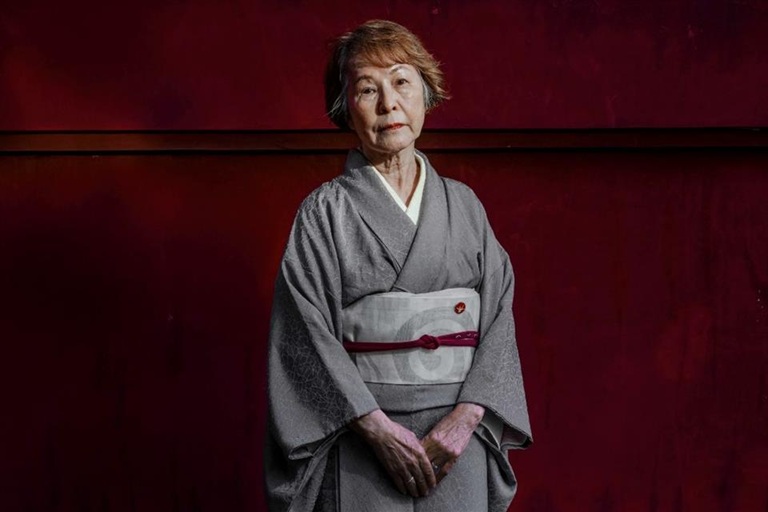
A Message to Humanity, Nobel Peace Center, Oslo, Dec 1 2024 – Oct 30 2025
The exhibition provides a moving insight into the destruction caused by the bombs dropped over Hiroshima and Nagasaki in 1945. Through photographs and testimonies from the survivors, the audience gains an understanding of the Peace Prize winner's message: Nuclear weapons must never be used again!
The renowned French Magnum photographer Antoine d’Agata has portrayed the survivors from Hiroshima and Nagasaki, who are called hibakusha in Japanese. He has captured the determined gazes of these elderly individuals, and the images stand in stark contrast to archival photos of the destruction from 1945. For this year's exhibition, the Nobel Peace Center has also collaborated with the world-famous Japanese architect Kengo Kuma, who has created a special installation with 1000 cedarwood objects from Hiroshima.
Publications
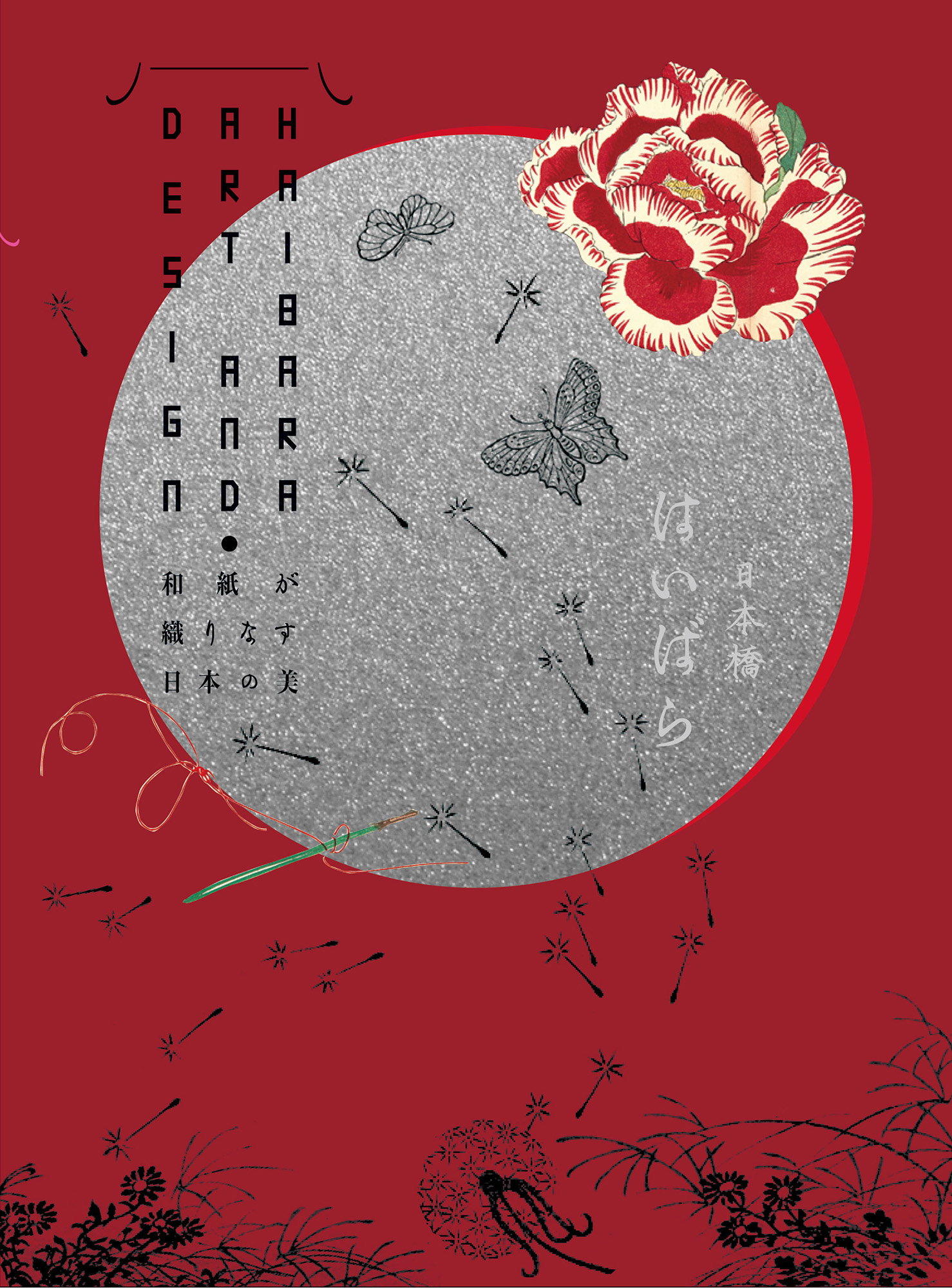
Haibara Art and Design: Washi Paper and Japanese Aesthetic, Mitaka City Gallery of Art, 2024, Seigensha Art Publishing Inc.
Haibara opened its doors in the Nihonbashi district of Edo (now Tokyo) in 1806. From its heyday as a purveyor of fine washi paper in the nineteenth century through the turbulent years of Japan’s modernization and beyond, it has continued to add grace to everyday life through originally designed paper products tailored to the needs and tastes of each age. This richly illustrated book tells the 200-year story of Haibara and the renowned artists who contributed designs for its merchandise, among them Takehisa Yumeji, Shibata Zeshin, Kawase Hasui, and Kawanabe Kyosai. Showcased are some 200 products and items, including nearly fifty superlative examples of colorful woodblock-printed chiyogami paper.

Enduring Encounters: Maps of Japan from Leiden University Library, Radu Leca and Martijn Storms eds., 2025, Brill
While Asian and Western cartographies are often considered separate traditions, maps of Japan kept in Leiden University Libraries often show a commonality of method and purpose. Despite the expulsion of Phillip Franz von Siebold from Japan in 1829, the norm was for friendly exchanges of scientific knowledge. One of the highlights of this volume are annotated drafts and proofs of Siebold’s map of Japan, published and discussed for the first time alongside Japanese source maps. Five essays by worldwide experts in the history of cartography and of Dutch-Japanese relations accompany extensive catalogue entries for over fifty maps.

Picturing Animals and Plants in Early Modern China and Japan, Fan Lin and Doreen Mueller eds., 2025, Amsterdam University Press
The seven articles in this edited volume address the complex meanings that visual representations of plants and animals gained in early modern China and Japan. They aim to understand animals and plants in the new contexts of empirical and epistemological concerns, political and social agendas, and cultural interests. In particular, they examine the ways in which scholars, professional painters, and publishers engendered the sociohistorical meanings of the images.
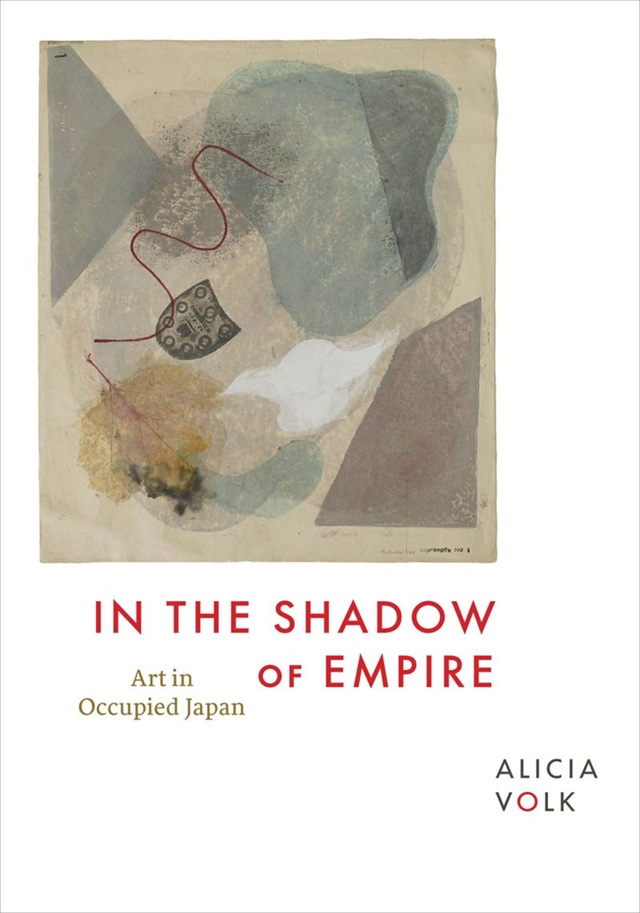
In the Shadow of Empire Art in Occupied Japan, Alicia Volk, 2025, University of Chicago Press
Alicia Volk brings to light a significant body of postwar Japanese art, exploring how it accommodated and resisted the workings of the American empire during the early Cold War. Volk’s groundbreaking account presents the points of view of Japanese artists and their audiences under American occupation and amid the ruins of war. Each chapter reveals how artists embraced new roles for art in the public sphere—at times by enacting radical critiques of established institutions, values, and practices—and situates a range of compelling art objects in their intersecting artistic and political worlds. Centering on the diverse and divisive terrain of Japanese art between 1945 and 1952, In the Shadow of Empire creates a fluid map of relationality that brings multiple Cold War spheres into dialogue, stretching beyond US-occupied Japan to art from China, Europe, the Soviet Union, and the United States, and demonstrates the rich potential of this transnational site of artmaking for rethinking the history of Japanese and global postwar art.

Toyohara Kunichika, Ōta Memorial Museum of Art, 2025
Excellent catalogue to the exhibition Toyohara Kunichika, held in February and March 2025 in the Ōta Memorial Museum of Art. The year 2025 marks the 190th anniversary of the birth of Toyohara Kunichika (1835–1900), an ukiyo-e artist of the Bakumatsu (final years the Tokugawa shogunate) and Meiji era. With his vivid actor prints, Kunichika prevailed for many years as the foremost artist of his generation. After earning acclaim for his female portraits, Kunichika became a rival of Tsukioka Yoshitoshi and Yoshitoshi’s protégé Yōshū Chikanobu. Kunichika has been hailed as deemed the most prolific ukiyo-e artist of the Meiji period. A number of Toyohara Kunichika exhibitions have already been held in Japan, but these exhibitions generally limited their scope to his yakusha-e pieces. This exhibition differs from these. Drawing from the latest scholarly findings, it presents the largest ever retrospective on Kunichika’s works, with a 210-strong selection that avoids focusing excessively on any particular genre or time period. As well as showcasing his signature yakusha-e prints, the selection also includes his bijinga, which represented another of his artistic avenues. It also includes his paintings and the genres he dabbled during his early years as a painter, namely warriors and landscapes. We hope this varied selection offers new insights into Toyohara Kunichika.
Want to continue reading?
Become a member
Individual or institute*
2 x Andon per year
Access to the online Andon Collection
Access to SJA activities and news
Access to a world wide network
*€85 outside the Netherlands€75 / €85 per year
Partner membership*
Access to the online Andon Collection
Access to SJA activities and news
Access to a world wide network
* It is required that the partner lives at the same address.€25 per year
Student membership*
2 x Andon per year
Access to the online Andon Collection
Access to SJA activities and news
Access to a world wide network
* A scan of a recent student ID is required.€40 per year
Already a member?
Login
